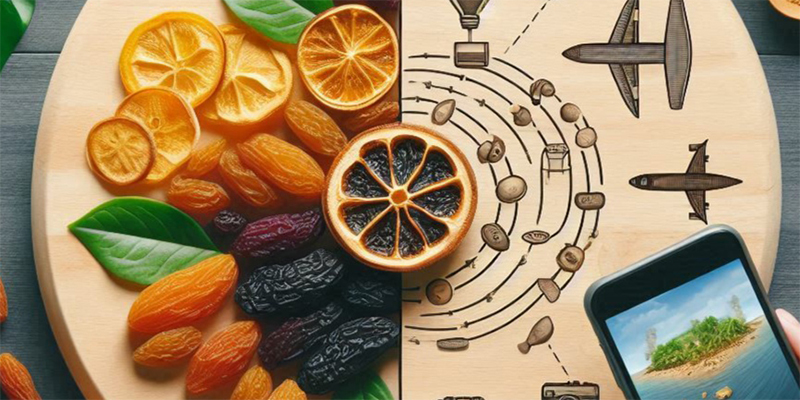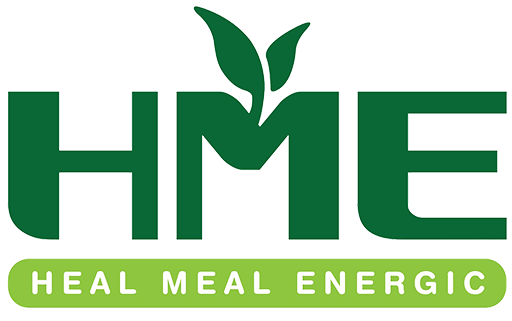A Fruit’s Journey: From Orchard Roots to Global Reach

In the heart of Iran’s fertile agricultural lands, where tradition meets modern technique, begins the journey of a fruit destined for international shelves. This is not simply the story of a plum, apricot, or fig—it is the narrative of a product born of care, shaped by expertise, and carried across borders through an unwavering commitment to quality.
The process begins long before harvest. In carefully managed orchards, local farmers cultivate fruit trees with deep-rooted knowledge passed down through generations. Everything is intentional—from the selection of soil and the scheduling of irrigation to natural pest control and seasonal monitoring. These early decisions are the foundation of a healthy, nutrient-rich yield. At this stage, the fruit is not yet a commodity. It is a symbol of potential.
As spring transitions to summer, fruits reach maturity under the watchful eyes of both nature and the farmer. Picking season is not rushed; it’s timed to perfection. Each fruit is hand-picked at its peak ripeness. The texture must be supple yet firm, the sugar levels optimal. Mechanical harvesting is often avoided, particularly for premium batches destined for export, to prevent bruising and degradation.
Once gathered, the fruits are transported in breathable containers to avoid spoilage or sweat accumulation during transfer. Upon arrival at the production facility, the transformation begins. This is where fresh fruit becomes a shelf-stable, high-value dried product.
Drying is both an art and a science. Depending on the product and market specifications, methods may vary. Sun-drying preserves traditional flavor and organic appeal, while tunnel drying provides uniform results and enhanced safety controls. Temperature, airflow, and humidity are carefully calibrated to ensure the final product retains its nutrients, color, and taste—without the need for chemical additives or sweeteners.
Following dehydration, each batch undergoes a rigorous series of quality assurance checks. Microbiological testing, visual inspection, and texture assessment are carried out under strict export standards. Whether the dried fruit is headed for health food markets in Europe or specialty retailers in Asia, it must meet varying certifications and compliance regulations. Products that do not pass are repurposed locally or discarded responsibly.
With certification approved, the next stage is packaging—an often underestimated element in the export chain. Packaging must serve multiple purposes: preserving freshness, conveying brand identity, and meeting international logistics standards. For export clients, bilingual labeling, traceability codes, recyclable materials, and tamper-resistant seals are often non-negotiable. These aren’t just dried fruits anymore—they are professionally presented ambassadors of Iranian agriculture.
The export process itself is multilayered. Beyond physical preparation, it involves customs clearance, health certification, origin documentation, and shipping logistics. Companies that manage the entire lifecycle—from orchard to export—hold a distinct advantage. Their ability to maintain transparency, trace each shipment, and guarantee consistency offers retailers and distributors peace of mind.
Upon arrival at its destination—whether Berlin, Tokyo, or Toronto—the packaged fruit enters a new phase: consumer experience. The journey may have started with a whisper of wind in an Iranian orchard, but it ends in the hands of a customer seeking quality, nutrition, and authenticity. It is here that the product fulfills its purpose.
Although the consumer may not know the name of the farmer who picked the fruit, or the technician who calibrated the drying chamber, the integrity of their work is reflected in every bite. The fruit carries with it an invisible legacy—one built not only from agricultural precision but from the pride of a country determined to share its best with the world.
This is not just the journey of a fruit. It is the journey of a commitment. A standard. A story worth telling, and even more, worth tasting.
